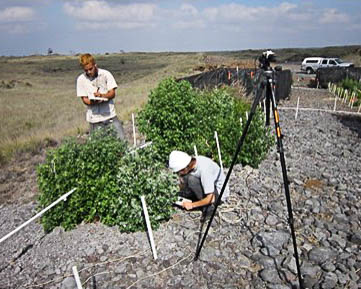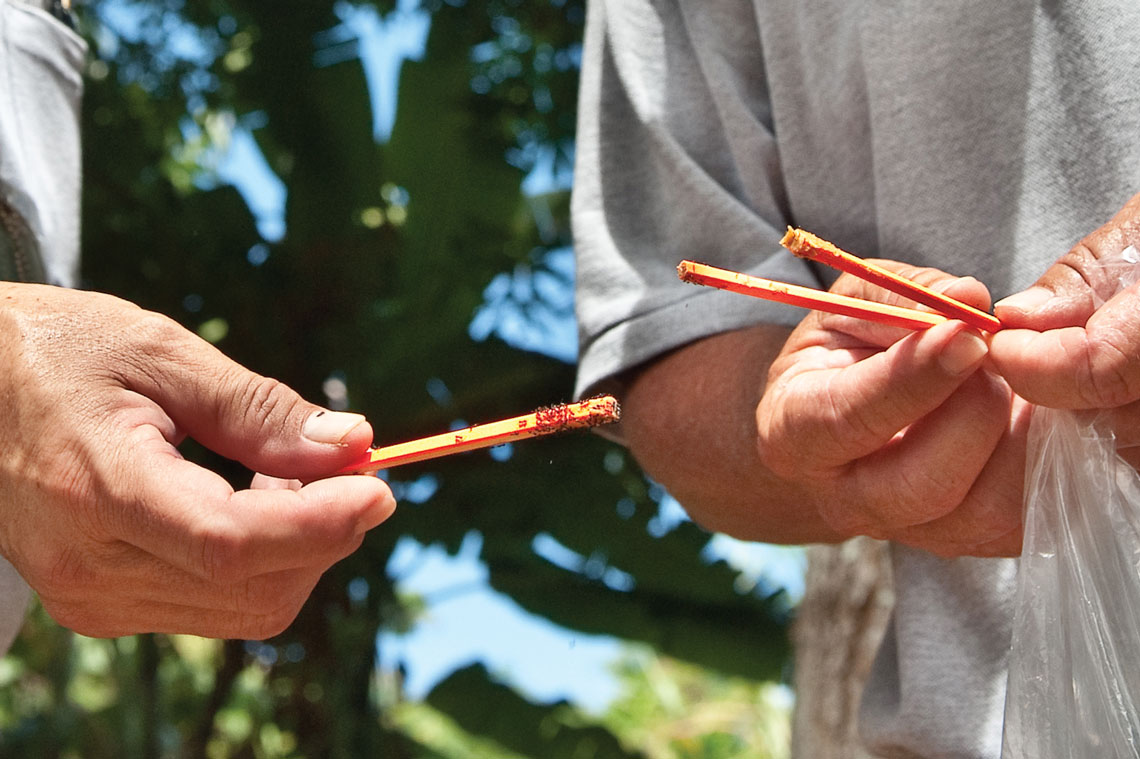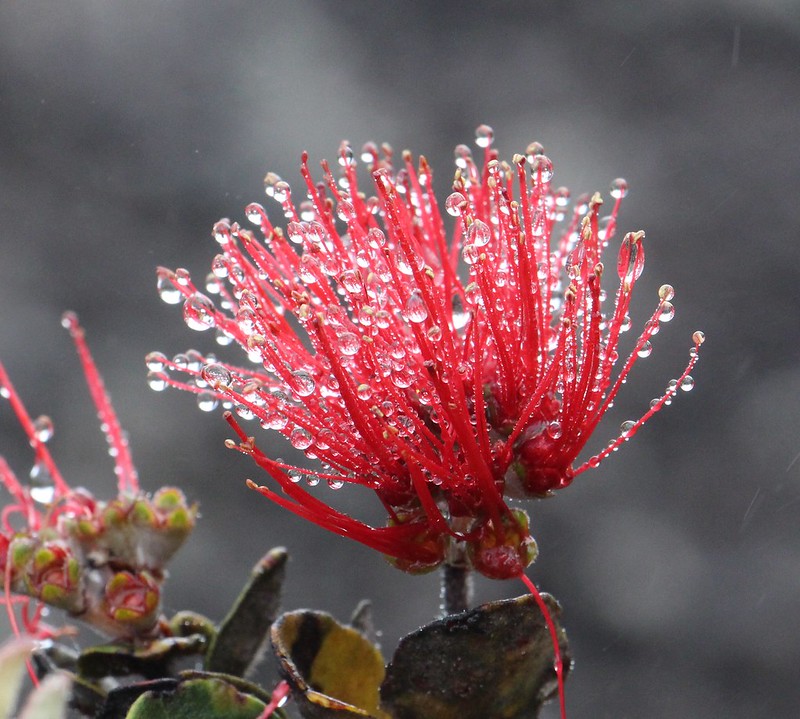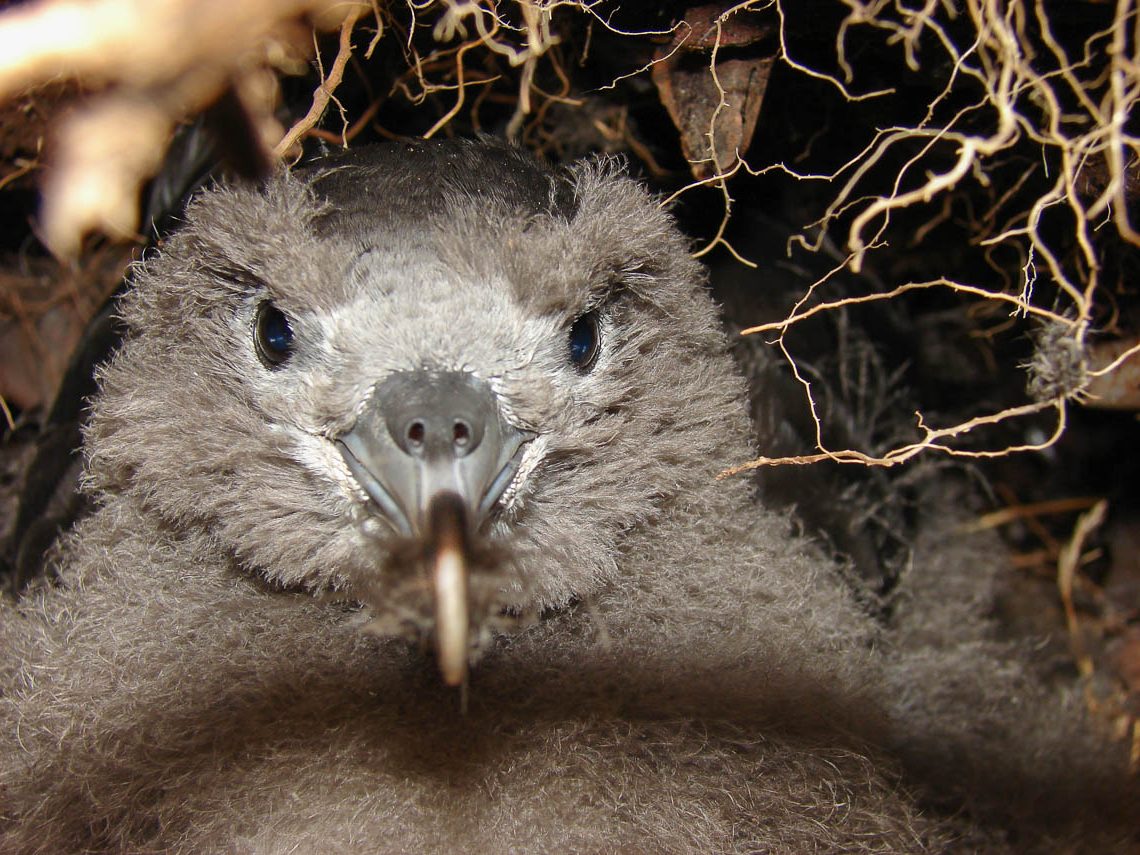A few hundred feet from the traffic of North Kīhei road, native dragonflies swoop and dive, snatching their food mid-flight….
Read More
Kia'i Moku Column
Rats triggered changes in the environment of Hawai’i prior to humans settlement
Palm trees and Hawaiʻi go together like fish and poi, right? Kind of. The coconut palms that line the beaches…
Read More
Quantifying miconia’s impacts; big leaves mean big water drops and high levels of erosion
On most weekdays, on the slopes and gulches above and below the Hāna Highway, a crew is hacking its way…
Read More
Citizen scientists and concerned community find ants new to Hawaiʻi
In 2017, a taro farmer in Hanalei on Kaua’i found a strange ant in his lo’i – large and brownish…
Read More
Research informs the efforts to stop Rapid ʻŌhiʻa Death (ROD)
ʻŌhiʻa are the pioneers – the first trees to grow on bare lava. ʻŌhiʻa are also adaptable – they grow…
Read More
Turn Off Lights at Night to Help Protect Seabirds From Invasive Predators
“At one time there were so many seabirds in Hawaiʻi they blackened the sky” says Jay Penniman, manager of the…
Read More





